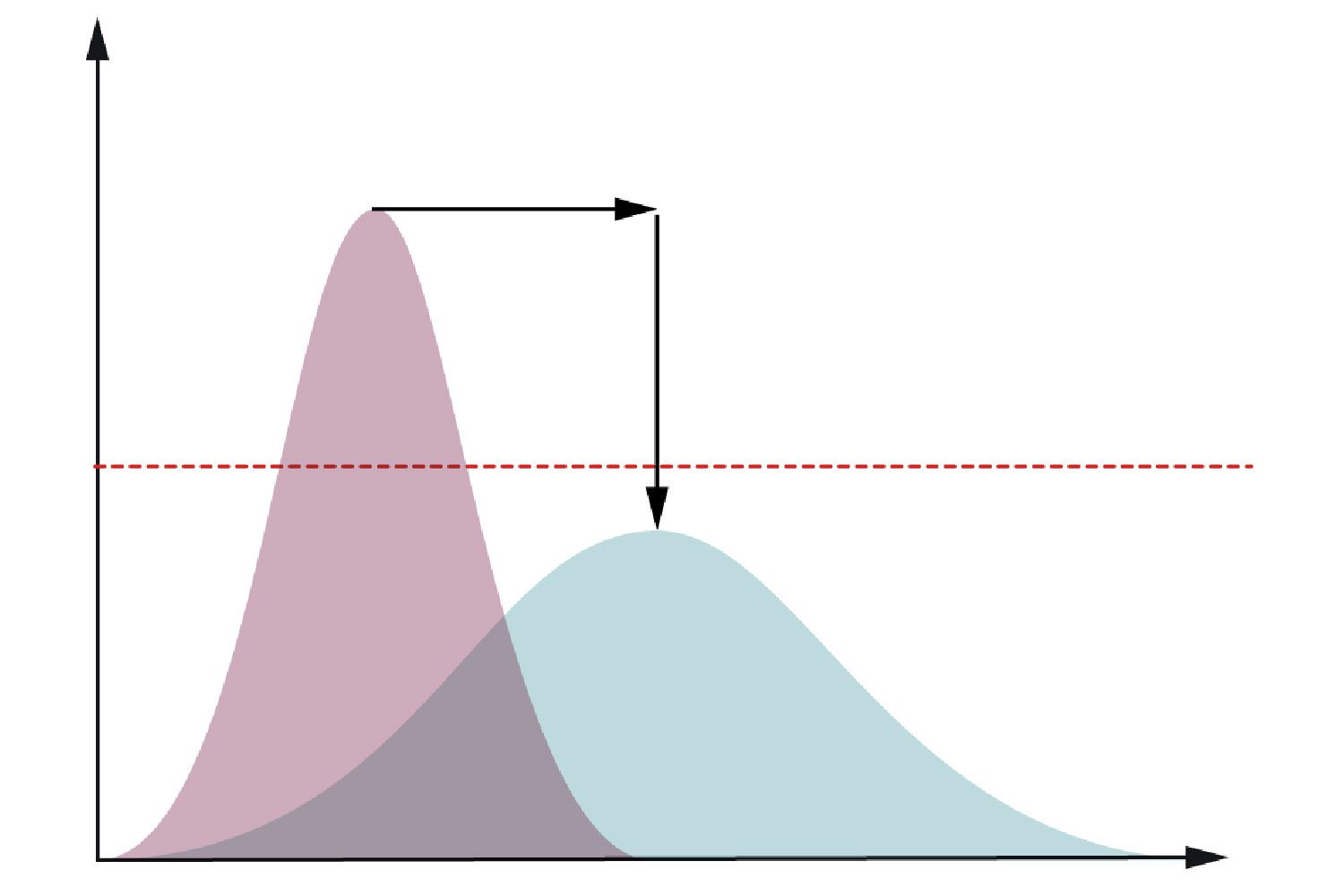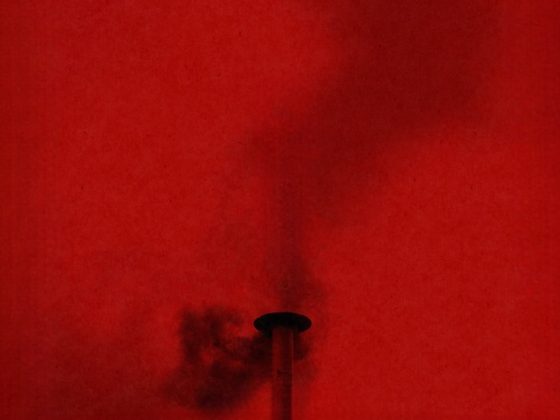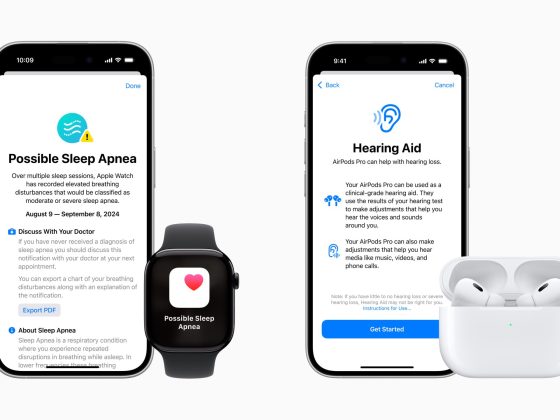
Since emerging from Wuhan, China, in late 2019, the coronavirus has spread to more than 150 countries.
To date, it has infected over 221,000 people globally, according to data compiled by Johns Hopkins University, with 8,966 deaths.
The outbreak has been recognized as a pandemic by the WHO, prompting many countries to impose so-called lockdown measures in order to contain the spread.
“WHO continues to call on all countries to implement a comprehensive approach, with the aim of slowing down transmission and flattening the curve,” WHO Director-General Tedros Adhanom Ghebreyesus said at a media briefing Wednesday.
“This approach is saving lives and buying time for the development of vaccines and treatments.”
What is flattening the curve?
In epidemiology, the curve refers to the projected number of new cases over a period of time.
In contrast to a steep rise of coronavirus infections, a more gradual uptick of cases will see the same number of people get infected, but without overburdening the health-care system at any one time.
The idea of flattening the curve is to stagger the number of new cases over a longer period, so that people have better access to care.
It explains why so many countries are implementing draconian policies, such as social-distancing guidelines, “shelter in place” orders, restrictive travel measures and asking citizens to work or engage in schooling from home.
“The whole goal of everything right now should be to cut transmission and to contain the virus as good as possible because the health systems globally cannot cope with a fast or quick or strong influx of many cases at one moment in time,” WHO spokesperson Christian Lindmeier told CNBC’s “Squawk Box Europe” on Thursday.
“Hence we need to slow down the curve and slow down the spread and try to spread it over time as good as possible so that the health system can cope and production of vital medical equipment can cope,” he added.
How can the curve be flattened?
As there is no vaccine available for the coronavirus at present and testing remains relatively limited in many countries, the WHO has stressed the need for citizens to take collective action.
The United Nations health agency has asked people around the world to wash their hands regularly, avoid touching their eyes, nose and mouth, maintain social distancing, practice respiratory hygiene and seek medical care if they have a fever, cough or any difficulty breathing.
“One thing that is cutting transmission is testing, testing (and) testing every single patient and following up on them,” Lindmeier said, before adding that every single suspect case should also be tested.
“The other is the various political measures, such as social distancing or quarantines.”
‘Much rather be ahead of the curve than behind it’
Earlier this week, President Donald Trump urged Americans to avoid discretionary travel, gathering in public spaces and work from home if possible.
The guidelines, which were due to remain in place through to end of the month, were imposed to try to blunt the spread of the coronavirus.
“If everyone makes this change or these critical changes and sacrifices now, we will rally together as one nation and we will defeat the virus,” Trump said during a White House press briefing Monday.
“We’d much rather be ahead of the curve than behind it,” he added. The U.S. has confirmed 9,415 cases of the coronavirus to date, with 150 deaths nationwide.









